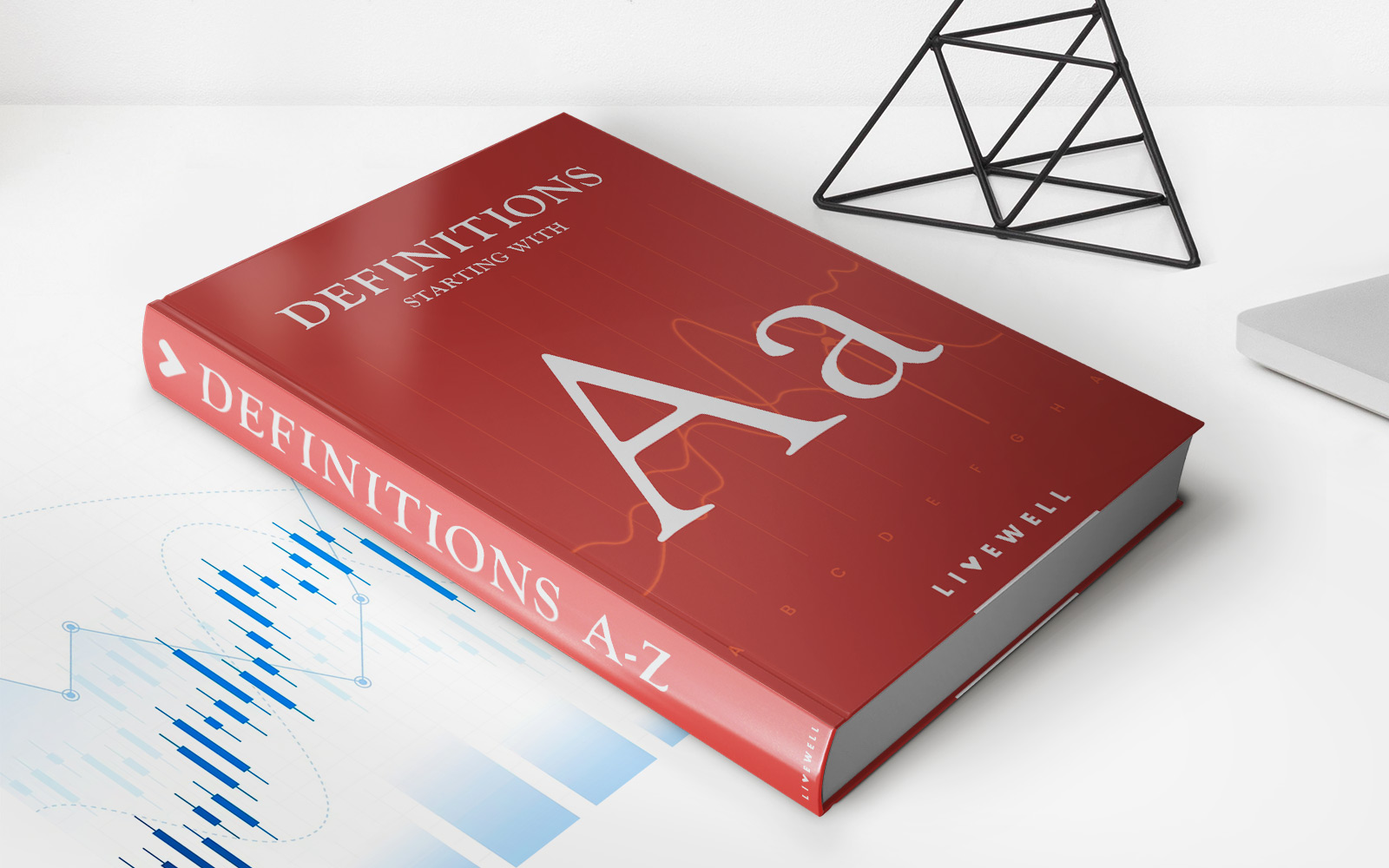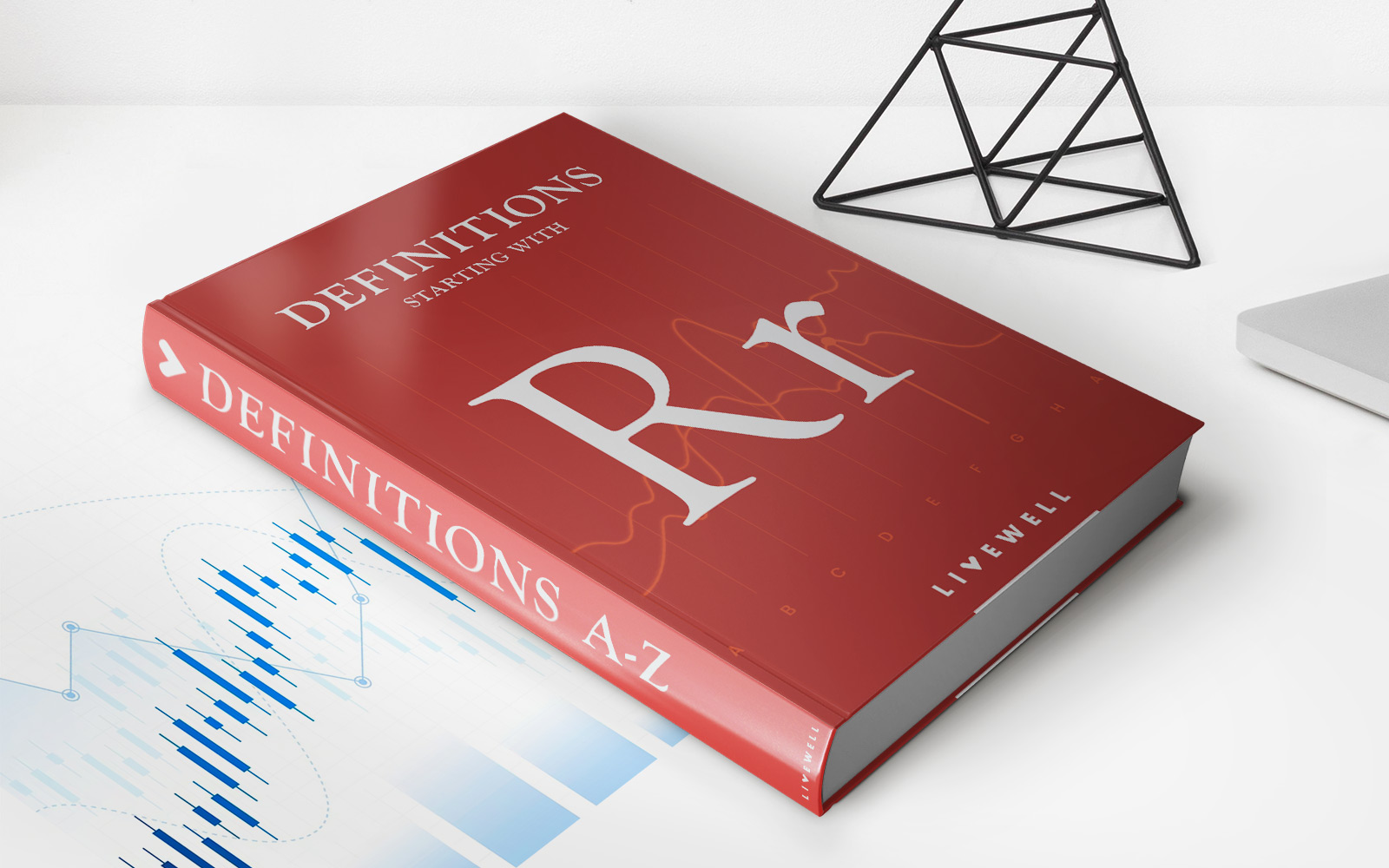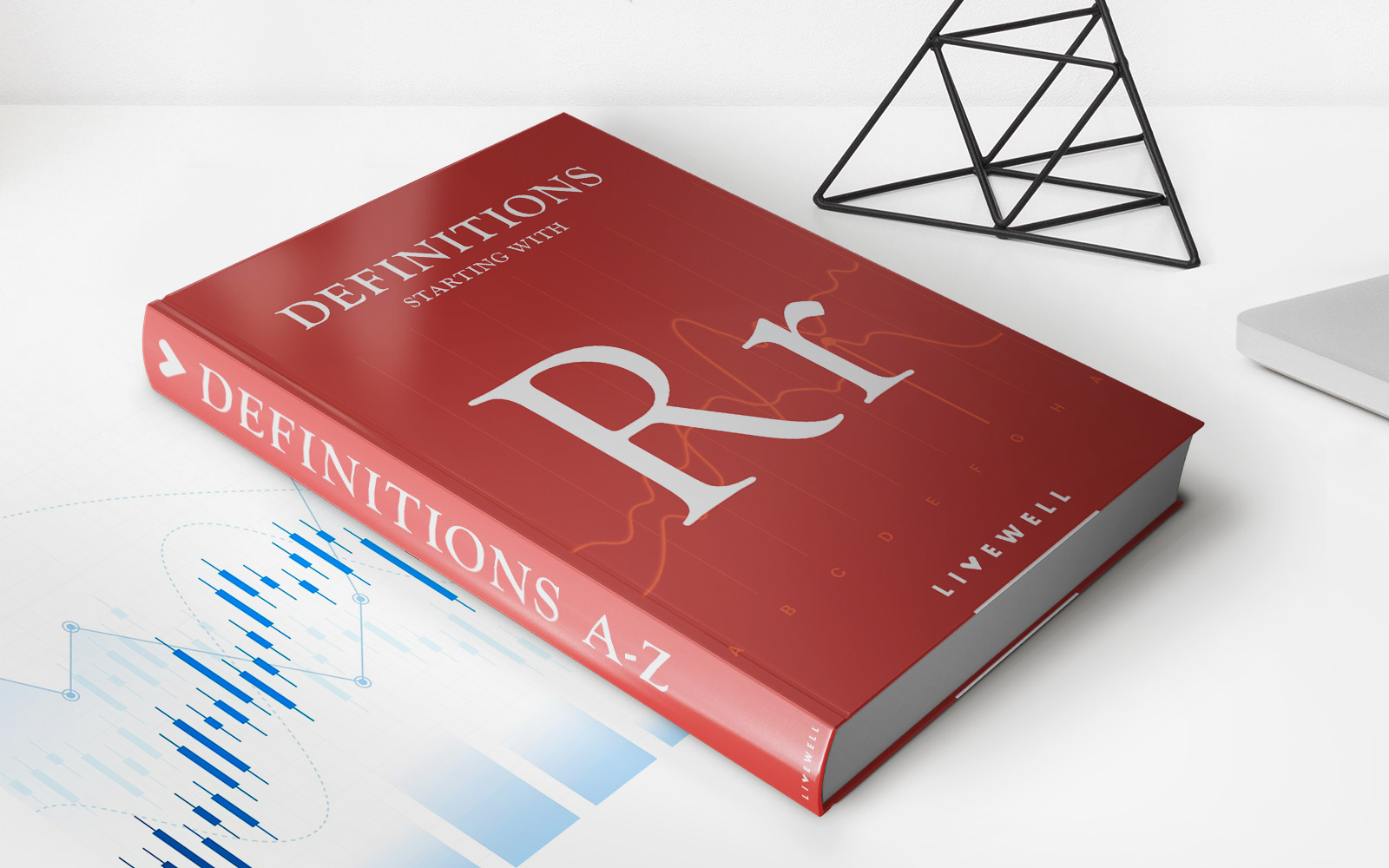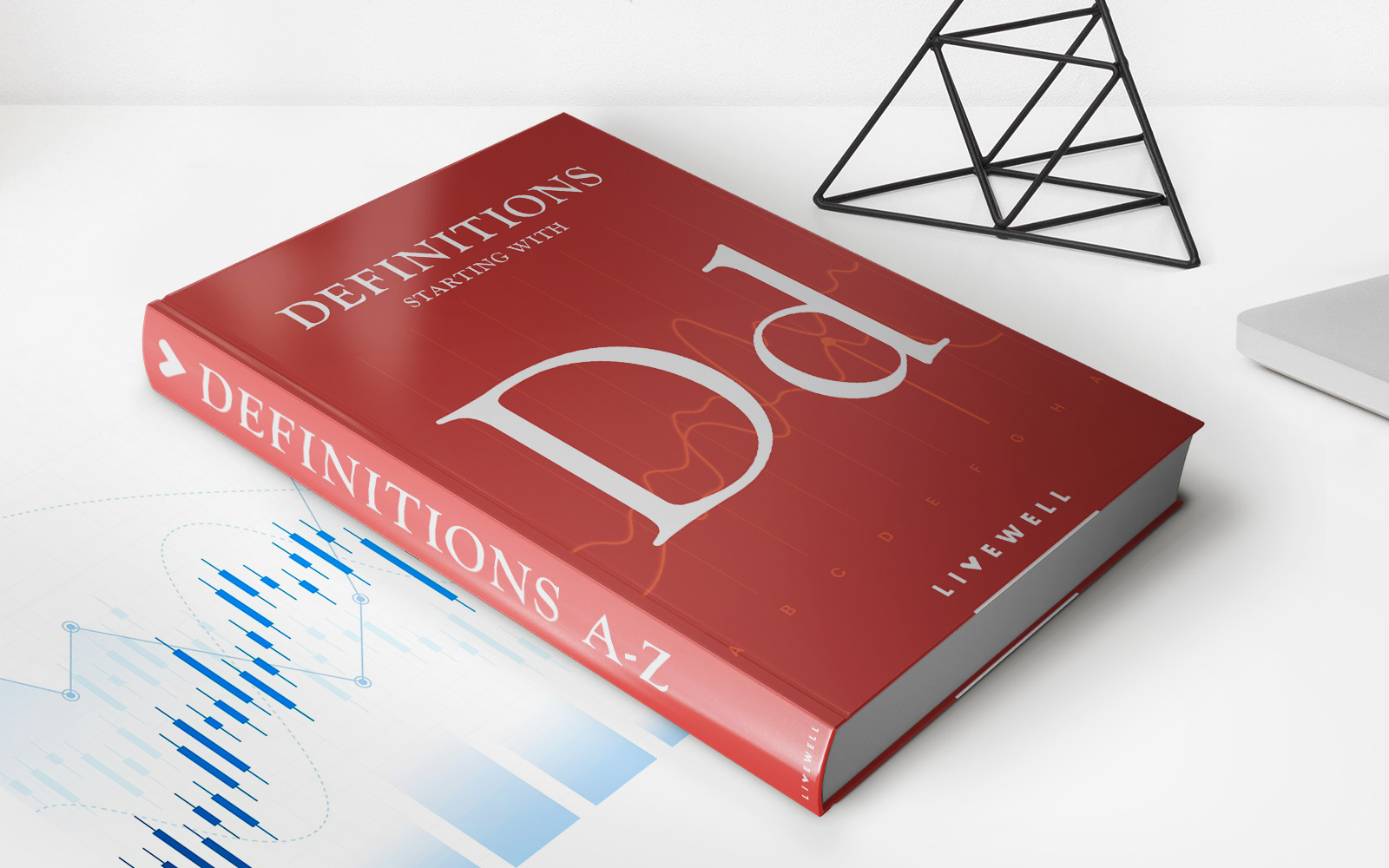Home>Finance>What Is Regression? Definition, Calculation, And Example
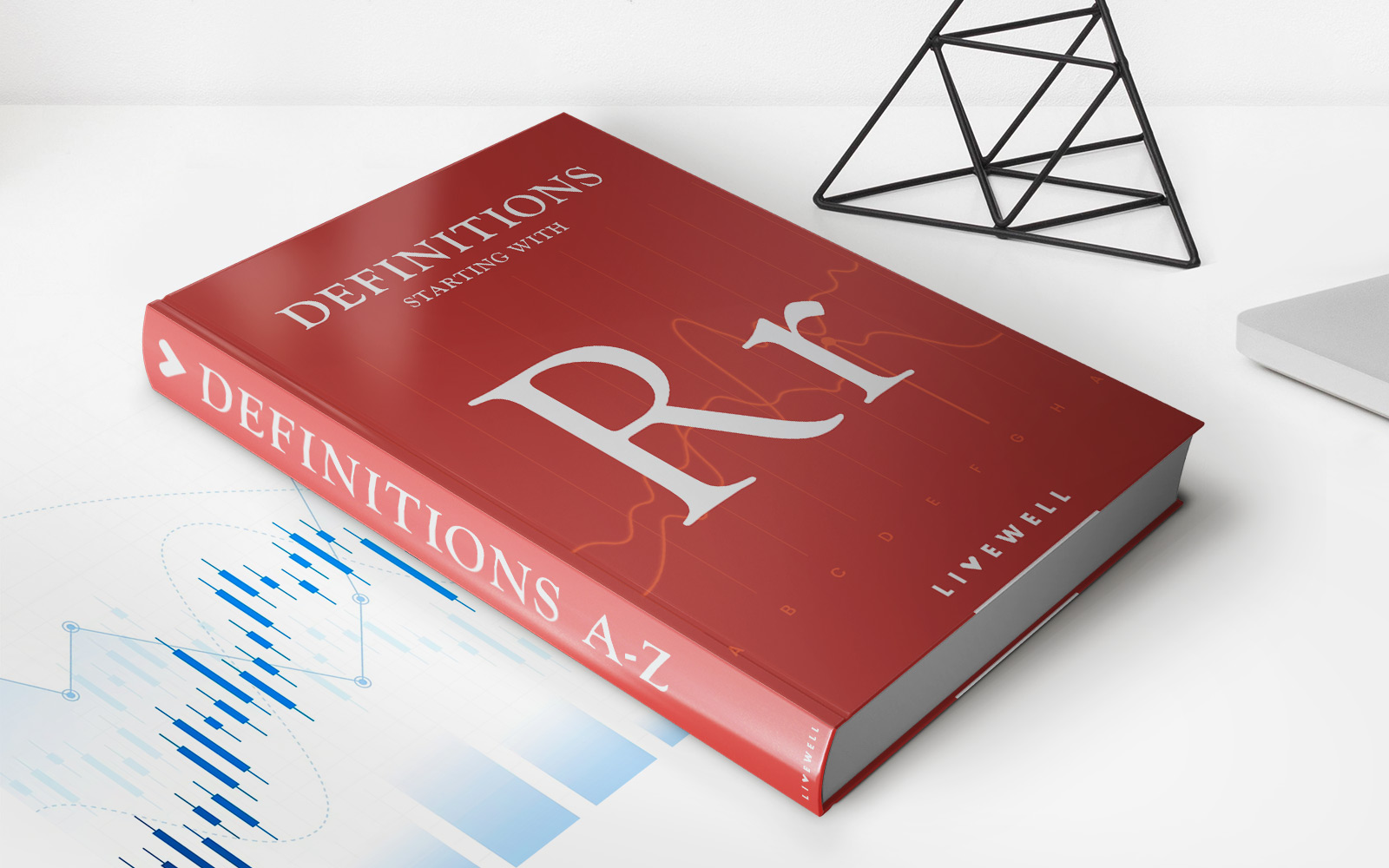

Finance
What Is Regression? Definition, Calculation, And Example
Published: January 17, 2024
Learn what regression is and how it is calculated in finance. Explore various examples to understand its practical application.
(Many of the links in this article redirect to a specific reviewed product. Your purchase of these products through affiliate links helps to generate commission for LiveWell, at no extra cost. Learn more)
Understanding Regression: Definition, Calculation, and Example
When it comes to understanding finance, one term that frequently pops up is “regression.” But what exactly is regression, and how does it apply to the world of finance? In this blog post, we’ll dive deep into the concept of regression, exploring its definition, calculation, and providing a real-world example to help solidify your understanding.
Key Takeaways
- Regression is a statistical analysis method used to examine the relationship between two or more variables.
- The calculation of regression involves finding the equation of a line that best fits the data points.
Defining Regression
Regression, at its core, is a statistical analysis method used to examine the relationship between two or more variables. It helps us understand how changes in one variable can affect another. This knowledge is particularly valuable in the finance industry, where analysts often need to predict or forecast outcomes based on historical data.
Regression can be classified into several types, including simple linear regression and multiple linear regression. Simple linear regression involves examining the relationship between two variables, with one being the independent variable (predictor) and the other being the dependent variable (response). Multiple linear regression expands on this concept, involving multiple independent variables to analyze their impact on one dependent variable.
Calculating Regression
Calculating regression involves finding the equation of a line that best fits a given set of data points. This equation is known as a regression equation or a line of best fit. The line is determined by minimizing the sum of the squared differences between the observed data points and their corresponding predicted values.
To calculate regression, several steps are involved:
- Collect data on the variables of interest.
- Plot the data on a scatter plot, with the independent variable on the x-axis and the dependent variable on the y-axis.
- Determine the equation of the line that best fits the data points.
- Assess the goodness of fit by analyzing the R-squared value, which indicates the proportion of variance in the dependent variable explained by the independent variable(s).
Real-World Example
Let’s look at a real-world example to illustrate regression in finance. Suppose we want to analyze the impact of advertising expenses on product sales. We collect data on the monthly advertising expenses and corresponding sales figures for a specific product over a year.
After plotting the data on a scatter plot, we perform a regression analysis. The regression equation that best fits the data is determined to be:
Sales = 100 + 0.5 * Advertising Expenses
This equation tells us that for every unit increase in advertising expenses, product sales are predicted to increase by 0.5 units. The intercept of 100 represents the expected level of sales when advertising expenses are zero.
Using this regression equation, we can make predictions about future sales based on different levels of advertising expenses, helping businesses optimize their marketing strategies and allocate their budgets effectively.
In Conclusion
Regression is a powerful statistical analysis method used to examine the relationship between variables, providing insights into how changes in one variable can impact another. By calculating the regression equation, analysts can make predictions or forecasts, helping businesses make informed decisions in the world of finance.
So, the next time you come across the term “regression,” you’ll have a clearer understanding of its definition, the steps involved in its calculation, and its application in the finance industry.

